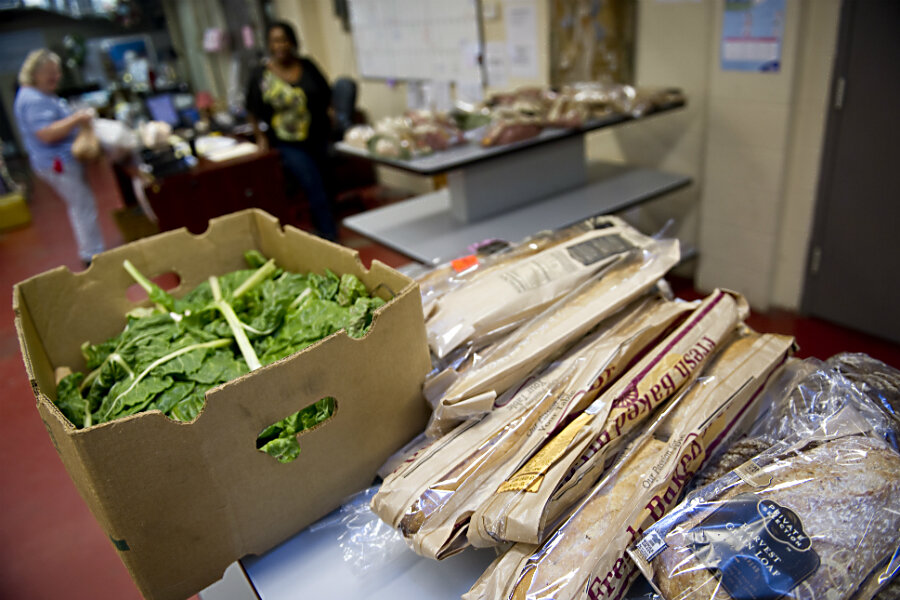Why N.C. high school has a food pantry for students by students
Loading...
US public schools are not just a place for students to acquire knowledge. More than ever, they are where children get their meals.
More than half of US public school students live in low-income households, according to a study by the Southern Education Foundation released early this year. Fifty-one percent of American public schoolchildren were eligible for free or reduced-price lunches in 2013, which the foundation uses to gauge poverty.
According to the report, the percentage of schoolchildren from poor households has grown steadily for nearly a quarter-century, from 32 percent in 1989.
"By 2006, the national rate was 42 percent and, after the Great Recession, the rate climbed in 2011 to 48 percent,” the report indicates.
At Washington High School in North Carolina, the school has come up with a solution to battle student hunger during the school day.
Students have opened an on-campus food pantry, where classmates can take what they need.
The pantry started out as a student-government project but is now a full time resource to students, according to WNCT-TV News.
Students who help say they know the need is out there. “We wanted to focus on those that need it, but they don’t want to tell us that they need it,” senior Erin Lewis told the television station.
The food pantry is kept stocked with non-perishable items, but the goal is to expand it and add perishable goods.
Do the students feel uncomfortable taking food from the pantry? The food pantry is not openly advertised to allow users to remain anonymous. Students learn about it through word of mouth.
“We don’t want the students to be embarrassed or the family to feel like they’ve done something wrong,” guidance counselor Jennifer Beach said.
Child hunger is prevalent across the country. In March, the US Department of Agriculture announced it will provide $27 million in grants to five states that are trying to reduce food insecurity among children.
During the 2008 presidential campaign, then-Senator Barack Obama pledged to aggressively tackle hunger in America and eliminate childhood hunger by this year. He pushed for the Healthy Hunger-Free Kids Act, which Congress passed in December 2010. The legislation expanded the number of children who qualify for free and subsidized lunch, making strides toward alleviating childhood hunger.
Laura Thompson, project supervisor of the Washington High School food pantry, says she’s trying to feed her students with something more than knowledge.
“It’s the idea that we’re not just here to teach you the material that you need to know to pass a test,” Thompson told WNCT-TV. “We’re here to educate you for life. Part of that is nourishing the whole student, mind and body, and when we do both of those things we know students will have great outcomes.”






